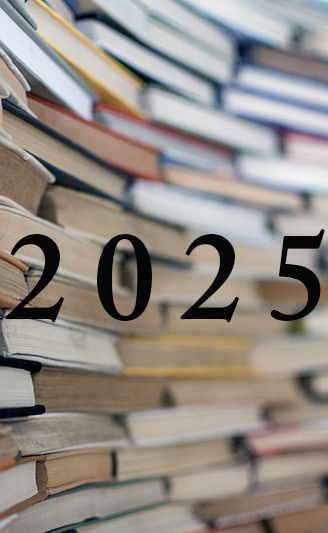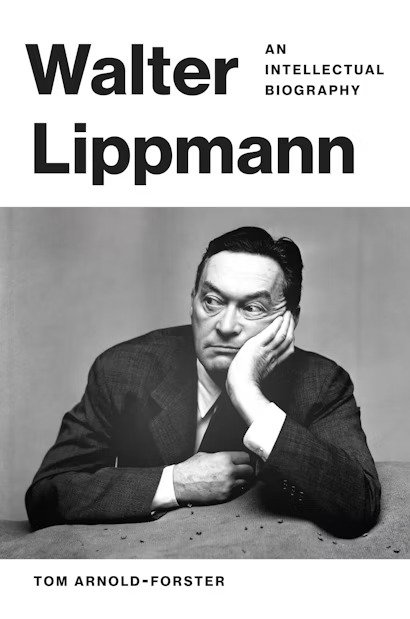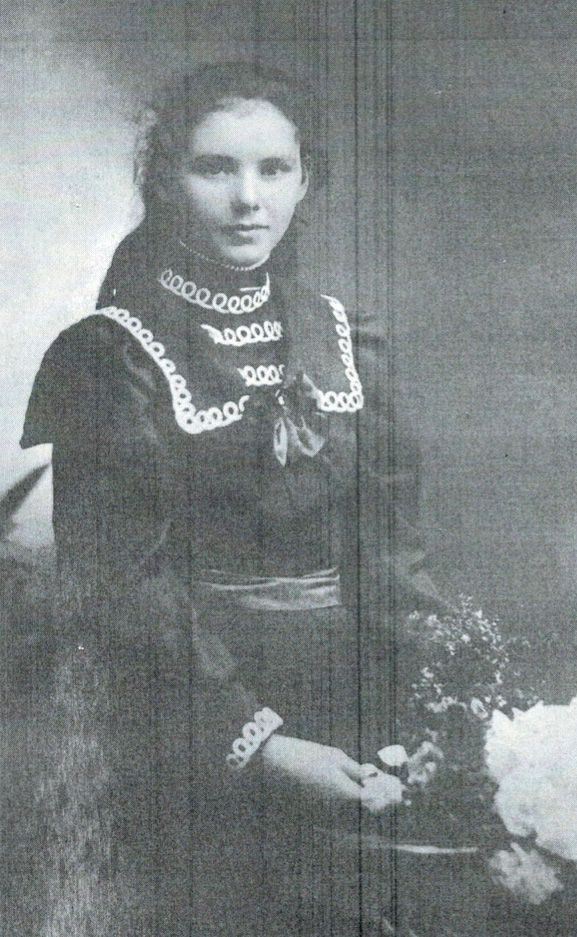Letter from Manila
Of all major South-East Asian nations, the Philippines is least known in Australia, and rarely studied, even in our universities. The material and historical differences between the two countries seem to have blinded us to the interests our two countries share. Australia did not support the long Filipino struggle for independence, as with Indonesia’s, nor actively oppose it, as with Vietnam’s. Nonetheless, both countries were part of SEATO and supported US involvement in Indo-China. Within ASEAN, the Philippines has often been the country most sympathetic to greater links with Australia, and the Philippines is regarded as a high-priority country for development assistance by Ausaid.
Traditionally, the ties between the Philippines and Australia have been thin, and often mediated through the USA. From one perspective, this is odd: there are cultural and intellectual similarities which should make links far richer, and there is a significant and growing Filipino population in Australia. The first Filipinos came as pearlers or seamen, but the White Australia Policy blocked the growth of immigration until the 1960s, though we were linked by World War II – General MacArthur fled from Manila to Brisbane. (There is a wonderful fictional account of the war, including MacArthur’s role in both Manila and Brisbane, in Neal Stephenson’s Cryptonomicon, 1999.) Filipino immigration has grown particularly since the 1980s, with many women coming as spouses (the gender imbalance is now decreasing). There are over a hundred thousand Filpino-Australians (the Embassy claims almost twice as many, but they include the Australian-born children of Filipino immigrants). But it is not a very visible population: while the Melbourne phone-book lists Nepalese and Mongolian restaurants, no Filipino ones are identified. Only eight students are taking Filipino in Victorian schools, fewer than are studying Tamil or Dutch.
Continue reading for only $10 per month. Subscribe and gain full access to Australian Book Review. Already a subscriber? Sign in. If you need assistance, feel free to contact us.









Leave a comment
If you are an ABR subscriber, you will need to sign in to post a comment.
If you have forgotten your sign in details, or if you receive an error message when trying to submit your comment, please email your comment (and the name of the article to which it relates) to ABR Comments. We will review your comment and, subject to approval, we will post it under your name.
Please note that all comments must be approved by ABR and comply with our Terms & Conditions.